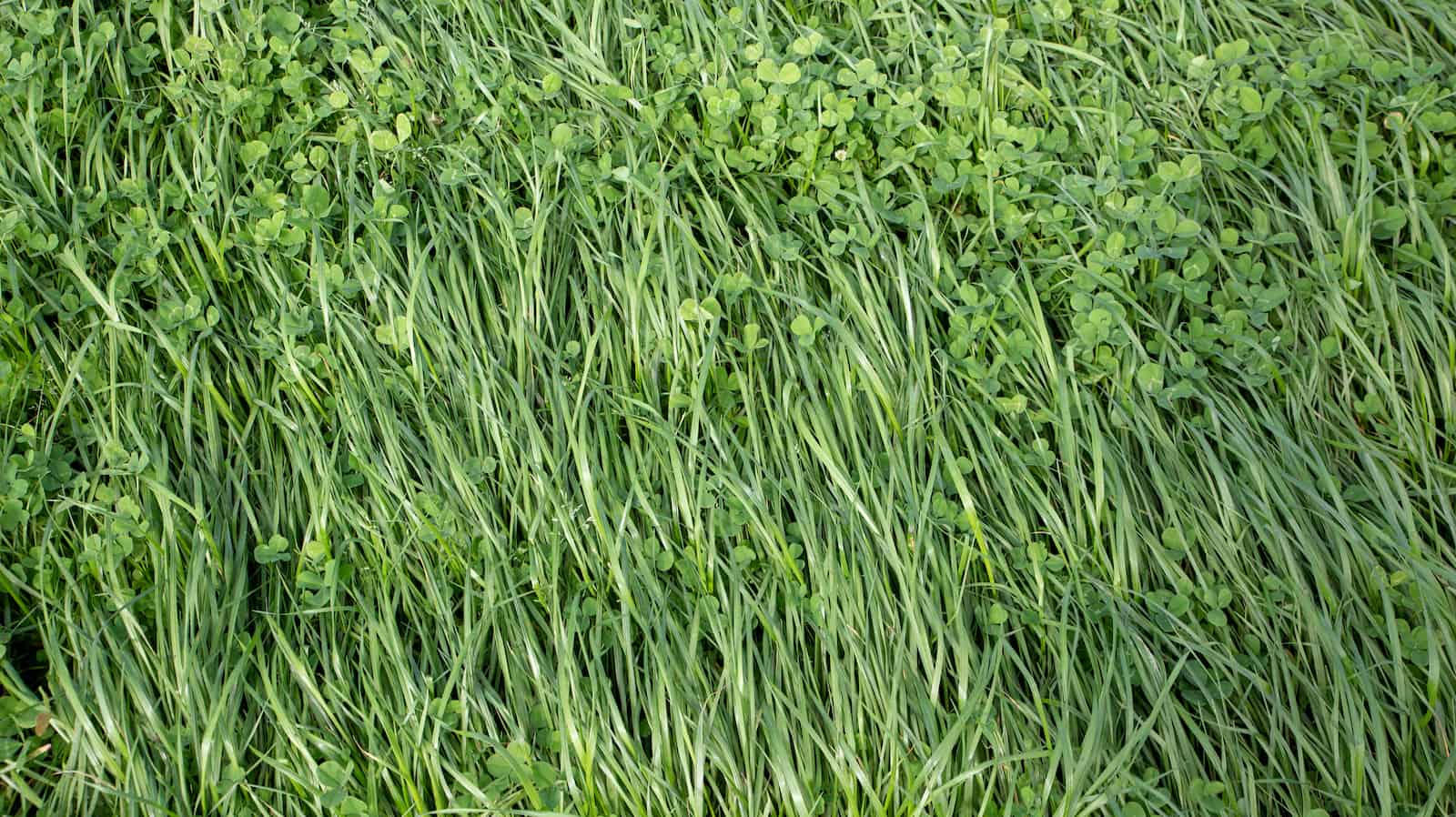Annual ryegrass is one of the more popular annual grasses planted in areas where the climate stays cool during the summer months.
Like all annual plants, ryegrass is a one-and-done species; it grows lush and beautiful throughout the season, then it dies off, requiring reseeding for a new batch of grass.
Annual ryegrass is typically found in the northern U.S. where summers are mild and winters will kill off the plants.
However, this type of lawn grass also does well in other parts of the U.S., especially in the South in shaded areas.
6 Things You Should Know about Annual Ryegrass
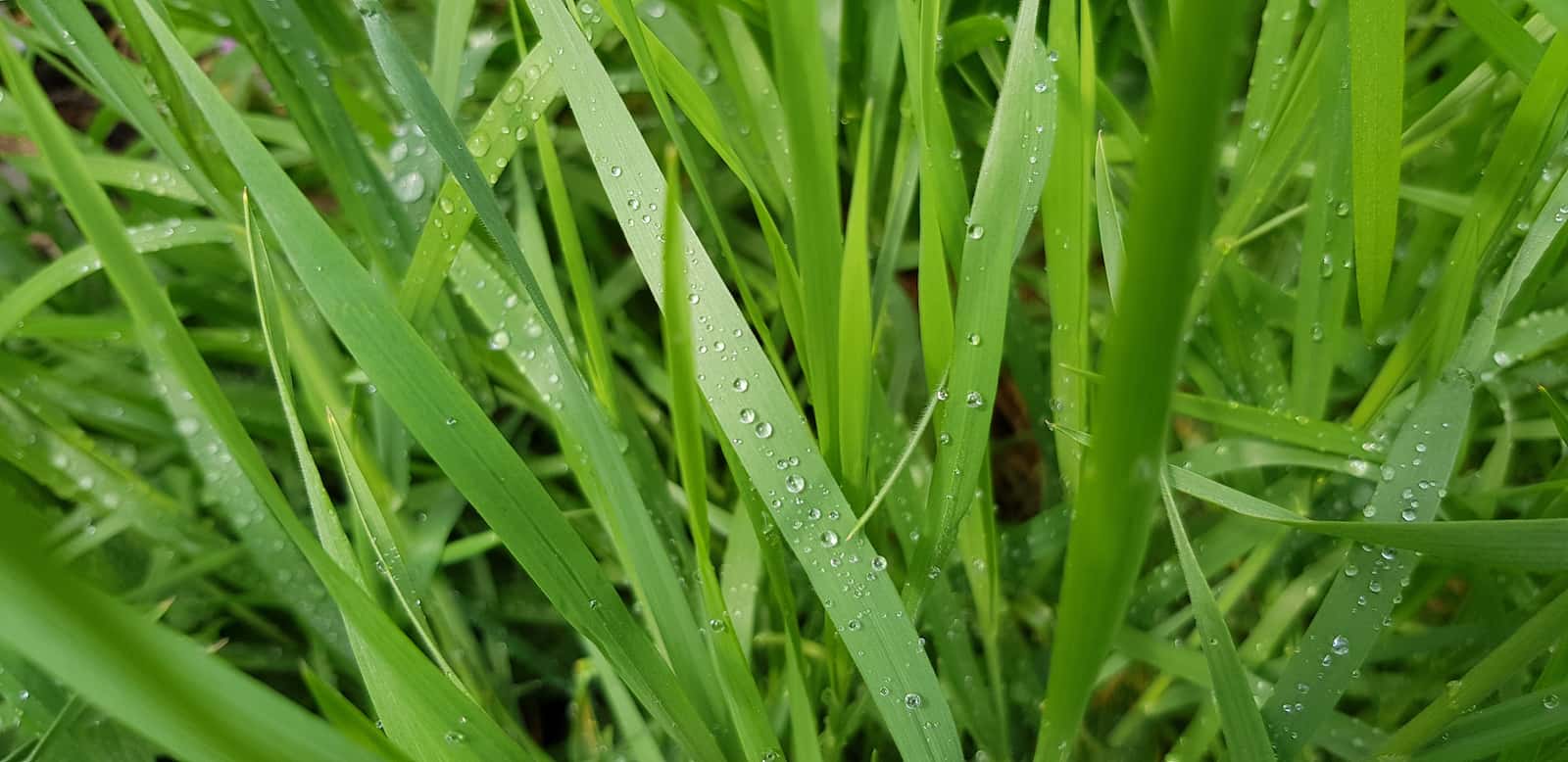
Because annual ryegrass only lasts for one season, it is important that you are ready to do the work required to maintain your lawn and soil before, during, and after this annual rye starts to die off.
While annual ryegrass will die on a pretty regular basis, that timeframe will look different depending on where you live and when you decide to sow, plant new grass seed, or rotate your space.
If you decide you want to grow annual ryegrass for any reason, here are some things to think about that will give you a great perspective of the life cycle for this popular grass.
1. Naturally Dies Off in Late Spring, Early Fall
The ideal temperature for annual ryegrass is between 50°F and 65°F, which means anyone living in the northern region should lay their seeds down in the late spring or early fall.
The time to plant will coincide with the time the grass naturally dies out. If you want to add ryegrass to your summer lawn, planting the seeds in the spring will provide a beautiful, lush, green look in your yard.
If you are looking for a winter grass option for animals grazing in the pasture or a well-maintained lawn in locations where the winters don’t freeze over, you should lay your seeds down in early to mid-fall, giving them plenty of time to germinate and develop a strong root system before the temperatures dip down.
2. Dies in Temperatures Below Freezing
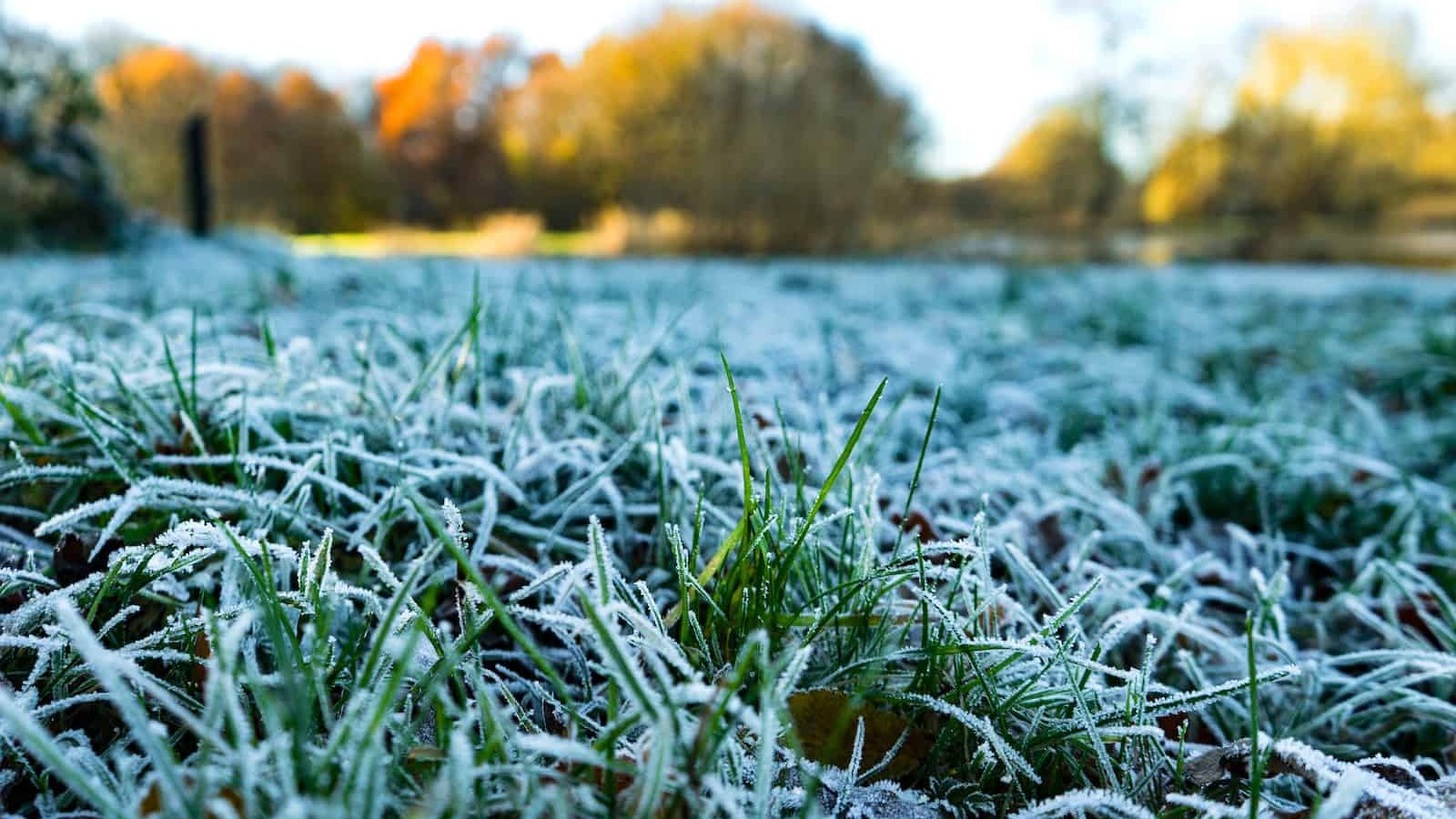
Ryegrass has a very picky temperature requirement. It will not thrive at all in extreme heat or frigid temperatures. If you live in an area where the winters dip below freezing, this grass will die very quickly.
The trouble with this is that dead grass mixed with tons of moisture, like melting snow, can lead to a buildup of bacteria. That can cause fungal problems, to which ryegrass is very susceptible. If you want to grow this species of grass but live in a location where it snows, it is critical you maintain the area well and spray fungicide before the ground freezes.
3. Will Die in Temperatures Above 90°F
Like frigid temperatures, annual ryegrass cannot handle hot and humid environments very well. Although this grass is well-known for being drought-resistant, it isn’t ideal for places where the temperatures can stay hot and dry for long periods of time.
Once the temperatures reach anything higher than the mid-to-upper 70s, this grass is going to go dormant and will no longer grow. Anything above that will start scorching the blades, and it will eventually kill it completely, even when watered on a routine schedule.
4. Annual Ryegrass Requires Yearly Reseeding
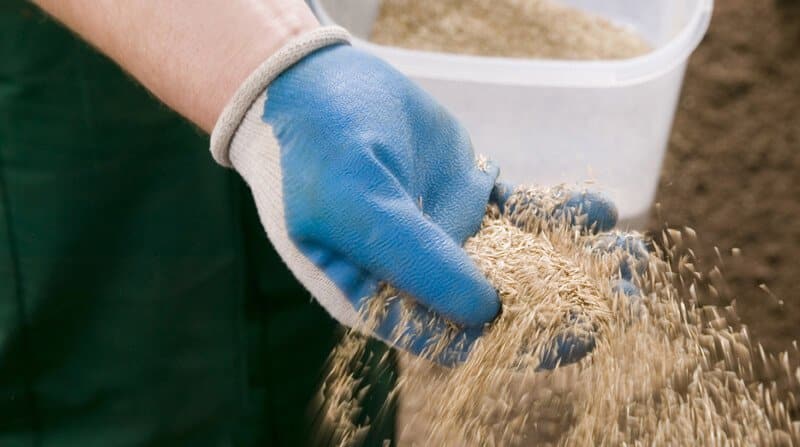
Because annual ryegrass dies off at the end of each life season, it will require reseeding every year, even if it reseeds itself.
Having to reseed annually is a beneficial feature of this rye seed to farmers who utilize it in their pastures for grazing or to cover crops. Anyone who raises livestock or grows crops knows the importance of frequent relocating and rotation.
After an area has been used over a significant period of time, the soil begins to lose its nutritional properties, not having the essential elements for optimal growth it once did. This is why it is important to rotate the location of crops, giving one area time to breathe and recoup while planting in another spot where the soil is rich in nutrients.
When you have the ability to plant a temporary grass type, you don’t have to worry about bare spots and dead areas while the soil is replenishing itself.
As for livestock, farmers will regularly rotate where their animals graze. Ryegrass is beneficial because of how quickly it grows and the nutrients and protein it holds. Having a grass that can be moved annually with the animals is a great attribute in itself.
5. Germinates Quickly
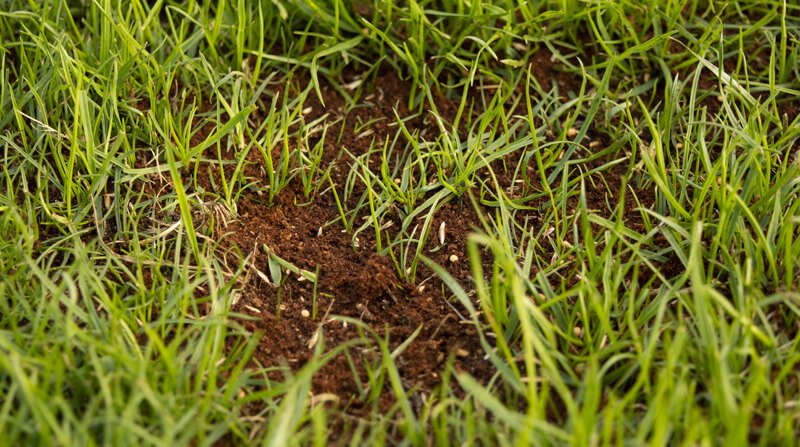
Whether you are laying ryegrass seed down in your backyard or in the pasture, it is going to take root and flourish rather quickly. So, even though this grass is annual and will die out at the end of every season, you never have to worry about your lawn being bare for too long.
Actually, ryegrass is one of the most popular go-to options for a lot of homeowners who are looking for something temporary while waiting for their permanent grass to grow in.
6. Annual Ryegrass Can Reseed Itself
Although annual ryegrass is … well … annual, it can reseed itself if given the proper care and the right conditions.
Thoroughly sowing the pasture or raking your lawn will give this grass type a good chance of reseeding itself in the future growing season. For the best results when preparing the grass for reseeding, sowing should be done in late summer or early autumn.
Perennial Ryegrass vs. Annual Ryegrass
While this could be a topic for another time due to the extent of their similarities and differences, we wanted to provide you with a little bit of information regarding the difference between annual and perennial ryegrass.
Life Span
The difference between the two is in the name. Annual ryegrass – which we’ve discussed above in detail – only lives for one season, then requires you to start the entire process over again. Perennial ryegrass typically lives for three to five life seasons.
If you are looking for a type of grass that doesn’t need tons of seed laid every year, annual ryegrass shouldn’t be your top choice.
Different Looks
Annual ryegrass is a great selection for anyone who wants a subtle, light green lawn. Perennial ryegrass typically sports a darker green color.
Annual grass has coarse-textured leaves, while perennial leaf blades are fine-textured with V-shaped blades.
Temperature Hardiness
Annual ryegrass’s preferred hardy zones are 4-9. It is more torrent in areas that are cooler and shady, while perennial ryegrass’s preferred hardy zones are 5-7. It doesn’t do nearly as well when the temps get colder or when it’s in shady locations.
Annual Ryegrass FAQs
There are a lot of questions and concerns frequently discussed when it comes to the life span and care of annual ryegrass.
Here are some of the most common ones with helpful answers, tips, and tools to aid you in your annual ryegrass journey.
Is Annual Ryegrass Susceptible to Death From Diseases?
Annual ryegrass is less susceptible to lawn diseases than other types of grass, including its perennial counterpart. Where those grasses species are susceptible to fungus and mold like crown rusts and brown blight, annual ryegrass typically wards off these infections well.
Can Annual Ryegrass Accommodate a lot of Traffic and Use, or Will it Die?
Yes, it can. Annual ryegrass can hold up to frequent use, which is why it is an ideal grass for sports turfs, parks, and recreational spaces. It is also why many people tend to mix it in with other grasses in their lawns, giving it a dynamic look with durability.
How Quick is “Quick” for Annual Ryegrass Germination After Previous Grass Dies?
In the above text, we mentioned that annual ryegrass is a popular pick due to how quickly it germinates and grows. The time frame will look a little different depending on where you live, the temperature fluctuation, and the soil conditions. But typically, annual ryegrass will germinate within 7-10 days.
Why is Annual Ryegrass a Good Cover Crop if It Dies Quickly?
A cover crop is vegetation grown to positively impact the health of your soil. These are typically used on farms where the soil has been depleted of nutrients and needs a fill-in to aid in recovery or to provide extra help during the season.
Annual ryegrass is an ideal candidate for being a cover crop because it has dense roots that break up the soil, providing ample aeration and grabbing nitrogen deep in the earth. As a result, the roots pull it back up to the top of the surface, giving plants essential nutrients for optimal growth.
Summing Things Up
Annual ryegrass is an ideal grass species for all sorts of environments and locations. This type of grass will die naturally during its specific life cycle, typically in early spring or mid-late fall.
Its natural life span is the most common reason for annual ryegrass to die off. However, there are a few other conditions that can kill your grass, including low-tolerated weather conditions, lack of maintenance, and pests.
